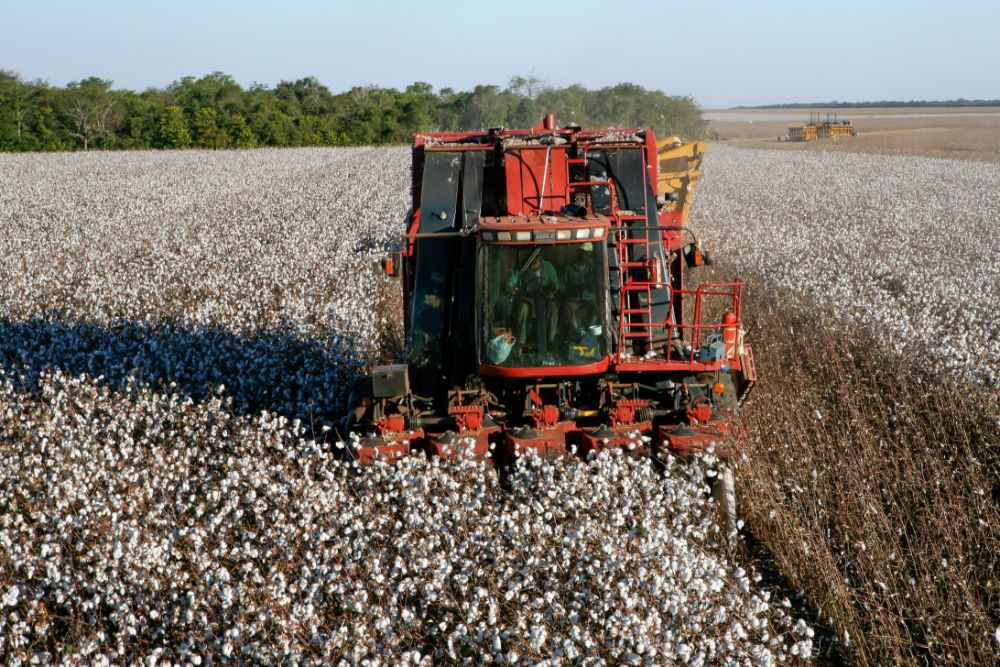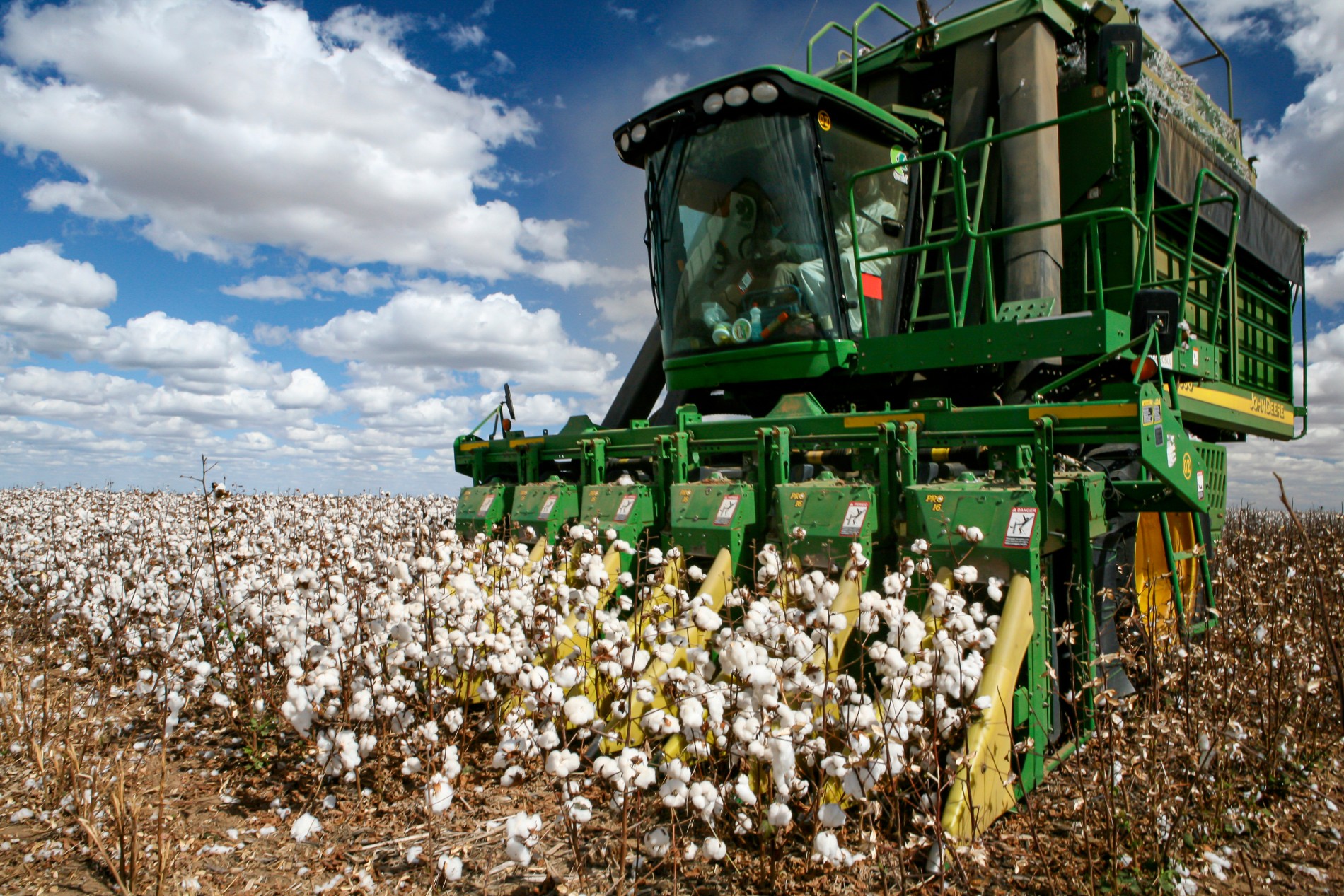The cotton harvester has undergone a remarkable transformation since its inception, evolving from simple manual tools to sophisticated machines capable of processing acres of cotton in hours. This technological progress has not only revolutionized the agricultural industry but has also played a significant role in meeting the growing global demand for cotton. Early Cotton Harvesting
READ MOREAuthor: Don Evink
A Comprehensive Guide to Cotton Cultivation: Best Practices and Emerging Trends
Cotton cultivation is an integral part of the global agricultural landscape, providing the raw material for one of the world’s most essential industries—textiles. Successfully growing and harvesting cotton requires an in-depth understanding of the plant, its growing conditions, and the machinery necessary for efficient production. Understanding the Basics of Cotton Cultivation What is Cotton?
READ MOREHow Often Should I Replace the Picking Units on My Cotton Harvester?
When it comes to cotton farming, efficiency is paramount. Every decision made impacts not only the yield but also the quality of the harvest. The picking units are undeniably crucial among the numerous components that make up the cotton harvester. Understanding when and how often to replace these components is key to maintaining optimal performance
READ MOREWhat Are the Essential Parts of a Cotton Harvester?
Cotton harvesting is a critical process in the agricultural industry, requiring state-of-the-art machinery to ensure efficient and effective crop collection. The cotton harvester, a marvel of agricultural engineering, is a machine designed to reap this essential crop while minimizing waste and maximizing efficiency. However, for the uninitiated, the components that make up these complex machines
READ MOREEnhancing Reliability: The Key to Successful Farming with John Deere Replacement Parts
Reliable machinery is the cornerstone of any successful farming operation. When it comes to agricultural equipment, farmers need tools that can withstand the rigors of daily use and the unpredictability of the environment. John Deere is a brand that has long been synonymous with quality and durability in the agriculture industry. However, even the most
READ MORE




